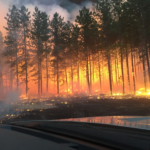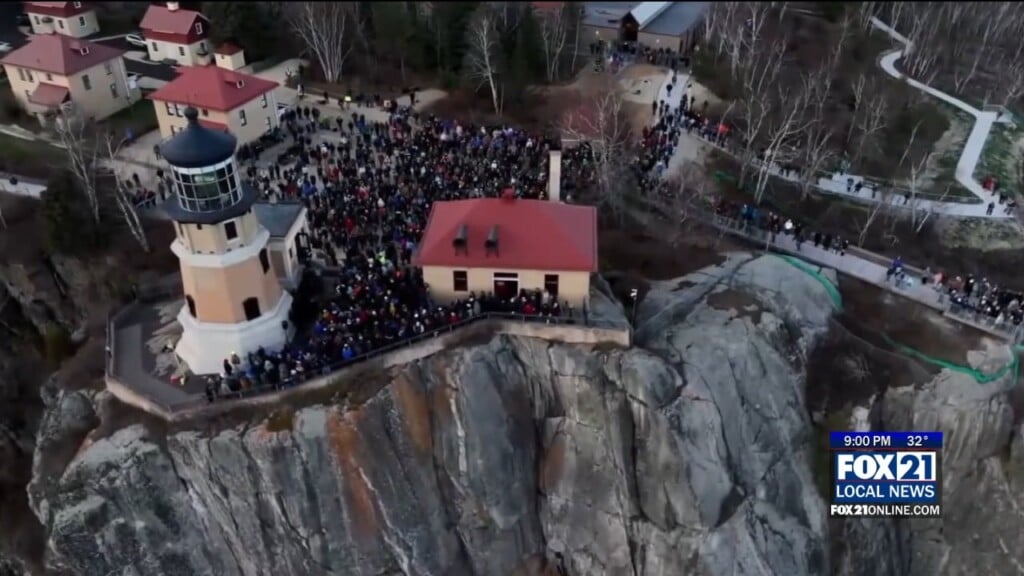Superior National Forest Planning & Preparing For Wildfire Threat
No snow and warm temps ramp up risk; New federal funds now available for more states facing wildfire threat.

Preparations are already underway for a potentially early and serious wildfire season in Minnesota.
The Superior National Forest may be among the regions particularly vulnerable and the agency will be applying for new federal funds to help prevent and reduce the potential for wildfires.
The combination of no snow, warm temperatures and dry ground present a danger.
“All the way through May is an increased fire risk. We’re already seeing fires in the southern and western parts of the state. Starting to border on the Superior National Forest already, and so we’re about two months ahead of where we typically are from a fire risk standpoint,” said Tom Hall, Superior Forest Supervisor.
“Obviously most of those fine fuels didn’t get matted down with snow this winter, and so that fire risk is much more elevated than we would typically see this time of year,” said Hall.
The U.S. Agriculture Department says that for a long time most of their attention and money has focused on western states with raging fires and dangers. But with some fires in the east, and now the million acres that were just consumed in Texas, there are signs that the threat is spreading to more parts of the country.
The Department has developed a ten-year wildfire crisis strategy. New money from the Inflation Reduction Act is being set aside for other areas that could be in trouble. Minnesota’s Superior National Forest has been identified as one of them.
This week the department’s Under Secretary visited Duluth and northeastern Minnesota to see first-hand what is already being done in the area. Dr. Homer Wilkes says he was impressed by the different groups that have an interest and stake in the national forest, and who are working to preserve it.
“What I saw today, that was probably about thirty different partnerships that were actually out there. Talking about how we can address the concerns in this particular state,” said Wilkes.
“You know, I’ve been to a lot of places, but I have not seen that type of work relationships before. And I told the folks, you didn’t just come together because I showed up here. That has been a long time building of those partnerships. And the folks of Minnesota have addressed those concerns consistently,” Wilkes said.
The partnerships are especially important in managing the Superior National Forest. Those affected include various counties, cities, tribal interests, private property owners, and wildlife groups.
Local forest officials say they already not only have plans, but active work underway to lower the risk of wildfires. They say they will push for the maximum funds allowed in a request, which is $20 million. It would be used to help expand their work in the future.
“Thinning of understory vegetation, prescribed burning. A lot of that is the risk reduction,” said the national forest’s Hall.
“About half of our risk reduction actually occurs through timber sales as well. And so, a lot of the work that actually occurs on the Superior National Forest is risk reduction focused already. This really amplifies that. How do we accelerate the amount of work that can occur over the period that the funding would be available to us?” said Hall.
Forest Supervisor Hall says in addition to mother nature, another challenge is finding enough loggers. He said there are fewer loggers in business and the Forest Service and their partners are looking for ways to help encourage and work with those private businesses.







